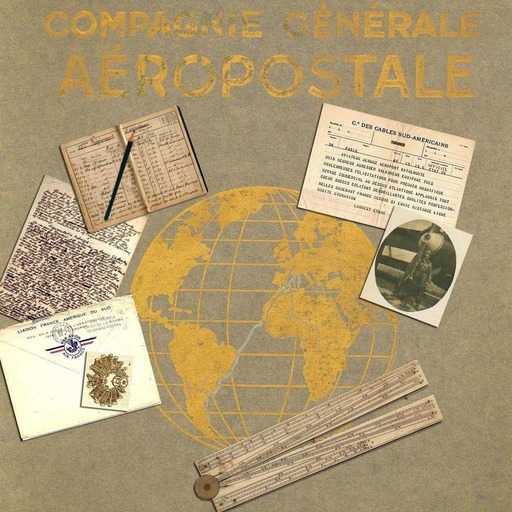Melvyn Bragg and guests discuss the abrupt transformation of stars after shining brightly for millions or billions of years, once they lack the fuel to counter the force of gravity. Those like our own star, the Sun, become red giants, expanding outwards and consuming nearby planets, only to collapse into dense white dwarves. The massive stars, up to fifty times the mass of the Sun, burst into supernovas, visible from Earth in daytime, and become incredibly dense neutron stars or black holes. In these moments of collapse, the intense heat and pressure can create all the known elements to form gases and dust which may eventually combine to form new stars, new planets and, as on Earth, new life.
The image above is of the supernova remnant Cassiopeia A, approximately 10,000 light years away, from a once massive star that died in a supernova explosion that was first seen from Earth in 1690
With
Martin Rees Astronomer Royal, Fellow of Trinity College, Cambridge
Carolin Crawford Emeritus Member of the Institute of Astronomy and Emeritus Fellow of Emmanuel College, University of Cambridge
And
Mark Sullivan Professor of Astrophysics at the University of Southampton
Producer: Simon Tillotson


 Emissions
Emissions





